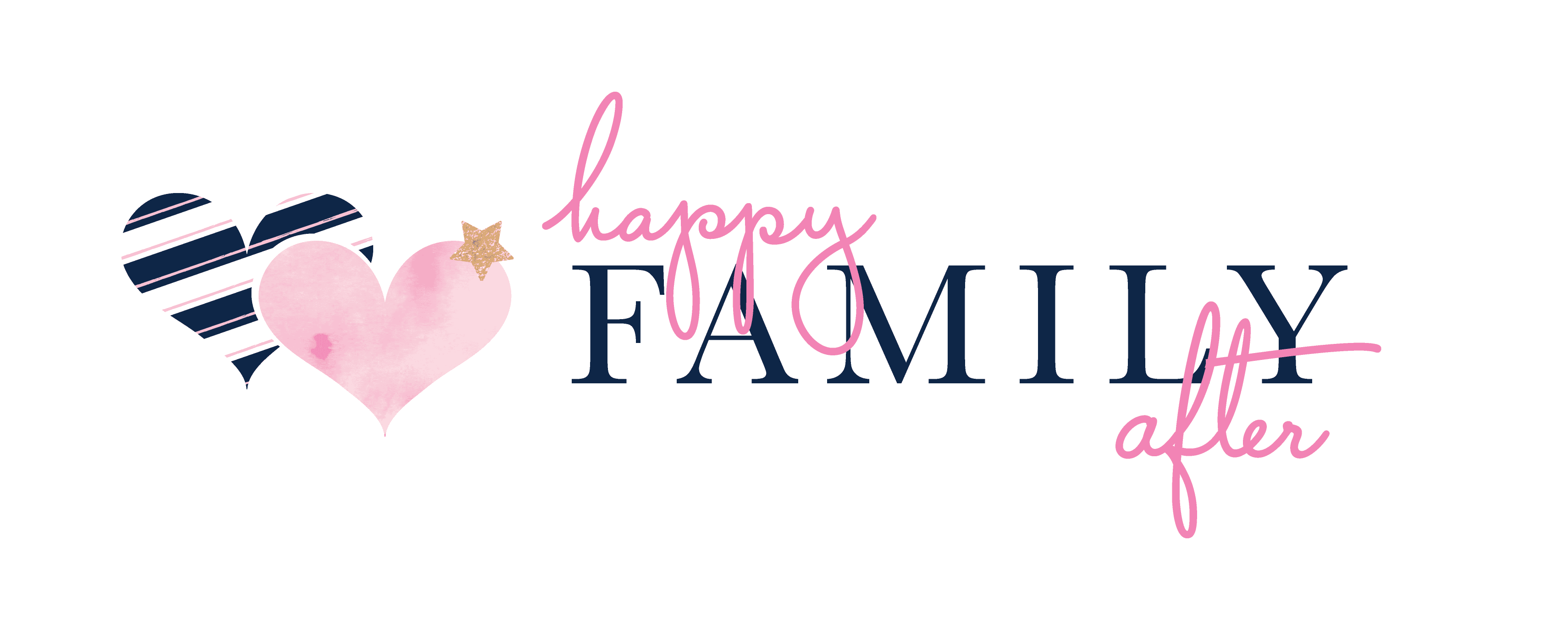Postpartum Recovery (Part 1): The neglected 4th trimester
The countdown is on until your baby’s arrival and you’ve been preparing for nine long months. Your refrigerator is sporting the latest black and white ultrasound snaps of your little cherub. The nursery is freshly painted, the crib has been assembled, and you’ve spent the last three Saturdays taking a birthing class, building nursery furniture and washing all the little sleepers and burp cloths the baby will use. By all accounts (it seems) you’re ready for childbirth and bringing home a baby.
Postpartum Recovery can be difficult for anyone
There may be something you’ve overlooked. Studies have increasingly found that after the fact, families feel they were unprepared for the realities of postpartum recovery, both physically and mentally. The researchers went on to report that “Even for those postpartum symptoms that women were more aware of, such as depression, sore breasts, and vaginal bleeding, they felt ill-equipped to manage these symptoms because they did not have a clear picture of how the symptoms would appear and develop over time, how long they should and could last, and the level of impact that they would have on their daily lives. “As one mom put it to me recently, “I just didn’t know I’d need to change my diapers just as much as hers.”
In this 2-part blog series, we’ll share more about postpartum recovery symptoms and postpartum anxiety.
Challenges of Postpartum Recovery
There are many challenges a birthing person might experience during postpartum recovery, ranging from mild, to potentially life-threatening. We have compiled a list of the physical symptoms you might experience during your postpartum time, why it happens, what to do about it, and when you should seek emergent care. (While we are not medical professionals, and this is not medical advice, everyone has unique medical histories and experiences. Please reach out to your medical care team with any questions or concerns on your individual medical needs.)
We didn’t stop at a list of postpartum challenges, either. Be sure to check out the section on postpartum mental health symptoms where we’ve explained the difference between baby blues, postpartum depression, and a postpartum psychiatric emergency. Go ahead and bookmark it now, or print it out for your fridge because you’re going to want to look back at this again and again.
Physical Symptoms of Postpartum Recovery
Abdominal Pain & Cramping
- Why does this happen?
Your uterus contracts following delivery of the baby as it works to get back down to its typical size. They tend to peak 2 to 3 days after delivery, and you may experience cramping during breastfeeding/body feeding. - How to alleviate the symptoms
A heating pad or hot water bottle can help, as well as over the counter pain reliever such as acetaminophen.
Some people also find comfort in ice packs especially with cesarean recovery. - Warning signs to watch out for
If your abdominal pain becomes sharp and constant instead of intermittent, continues to increase in intensity after the first 3 days, or you develop a fever, call your medical provider.
Vaginal Bleeding
- Why does this happen?
Regardless of how you deliver, you can anticipate some vaginal bleeding. Your postpartum discharge and bleeding, called lochia, will be bright red at first, and should change after about 3 days to a brownish color, similar to the end of your menstrual period. You will likely notice increased bleeding when there’s an increase in activity. - How to alleviate the symptoms
The use of menstrual pads or adult diapers will help you monitor the bleeding for any signs of concern. You can also use reusable cloth menstrual products. Do NOT use tampons, menstrual cups/discs or anything internal during the first 6 weeks postpartum. - Warning signs to watch out for
– If you are soaking through more than one pad an hour, your bleeding does not slow down or stop from rest, or you are passing clots larger than a golf ball, call your medical provider.
– If your blood loss is accompanied by blurred vision, dizziness, clammy skin or rapid heart rate, call 911.
Constipation
- Why does this happen?
Constipation is common after both vaginal and cesarean births. It can be brought on by anesthesia or pain relievers, as well as the shifting of your internal organs postpartum. - How to alleviate the symptoms
Drink lots of water and eat fiber-rich foods. It might also be helpful to keep stool softeners on hand. - Warning signs to watch out for
Call your medical provider if you have not had a bowel movement and you are more than three days post birth.
Perineal soreness/pain
- Why does this happen?
The perineum is the area between the vagina and rectum. There’s a lot of pressure on the perineum during a vaginal childbirth which results in swelling postpartum and it’s a common location for tearing, which may require stitching. - How to alleviate the symptoms
– Use a peri bottle with warm water to rinse during and after urination to prevent stinging sensation and pain.
– Sitting on an ice pack a few times a day can help reduce swelling and pain.
– Use a sitz bath - Warning signs to watch out for
If you had stitches in your perineum, and you notice discharge that is foul-smelling, or the pain is getting worse instead of better, contact your medical provider.
Incontinence
- Why does this happen?
Incontinence can happen, especially following a vaginal delivery. It should start to improve in the weeks following delivery as you regain strength and control. - How to alleviate the symptoms
– You can use menstrual products to catch any incontinence.
– Keep the area as dry as possible to avoid infection.
– Practice kegels daily as you can tolerate them. - Warning signs to watch out for
If incontinence persists after the swelling has gone down, generally in the first week or two following delivery, you may need some pelvic floor therapy to help you regain strength and control.
Sore nipples/breast tenderness
- Why does this happen?
– After you deliver your baby, your body is signaled to begin making milk. As your breasts fill with milk, they may become sore and tender.
– A combination of postpartum hormones and the initiation of breastfeeding often results in nipple and/or breast pain. The pain should start to subside after the first few days of breastfeeding as your breasts adjust to the sensation. - How to alleviate the symptoms
– A nipple cream with lanolin can help sore nipples.
– Keep your nipples dry and dont wear bras or clothing that push into your breasts
– Try different positions with breastfeeding to find what works best for you.
– Contact an IBCLC or other lactation professional if you are having continued pain while breastfeeding after the first few days. - Warning signs to watch out for
– If your breasts become hot to the touch, or you experience flu-like symptoms or fever, contact your medical provider right away as you could have an infection.
– If your nipples become cracked or bloody, consult an IBCLC.
If you have sore spots or feel small bumps gently massage those areas while expressing milk. Seek guidance of a CLC or IBCLC.
Swelling/water retention
- Why does this happen?
The increase in progesterone after childbirth makes the body hold onto fluid, which can cause swelling in your hands, legs, and feet. Additionally, use of IV fluids during labor or surgery can contribute to swelling and fluid retention. - How to alleviate the symptoms
– Continue to drink plenty of water, and move around daily. No major exercise until after 6 weeks.
– Monitor your swelling. Typically it should decrease in the 7-10 days following delivery. - Warning signs to watch out for
If your swelling is increasing significantly or accompanied by blurred vision, headaches, or high blood pressure, seek medical attention immediately.
Headaches
- Why does this happen?
– Mild headaches are common after childbirth from dehydration or hormone fluctuation. Severe headaches, however, can be a sign that something is wrong.
– A severe headache that gets worse upon standing can occur following an epidural or spinal anesthesia. This is caused by a spinal fluid leak where the anesthesia was administered. - How to alleviate the symptoms
– Over the counter pain relievers such as acetaminophen or ibuprofen should help minor headaches
– Although rare, sometimes a procedure called a “blood patch” is needed to close the spinal fluid leak after an epidural puncture. This will need to be performed in a hospital or clinic. - Warning signs to watch out for
If your headache is not relieved by medication, gets more severe upon standing, or is accompanied by symptoms of blurred vision, high blood pressure, or excessive swelling, consult your medical provider right away or go to the hospital.
Stitches/Staples/Incision Discomfort or Pain
- Why does this happen?
– When you have a cesarean birth, you will typically come home with either stitches or staples to keep your incision closed.
– Stitches are often used following a vaginal birth to repair vaginal or perineal tearing. Itching and discomfort is normal while stitches are healing.
– Your care provider should let you know if your stitches are dissolvable, or if they will need to be removed. Staples are typically removed before you leave the hospital, or within one week after a cesarean birth. - How to alleviate the symptoms
– It’s very important to keep your incision area clean and dry at all times.
– Ask your care provider about when you are cleared to bathe or use products on your incision.
– Use a peri bottle to rinse your stitches after using the bathroom and pat dry.
– Use a heating pad on low or ice pack to relieve discomfort. - Warning signs to watch out for
– If your cesarean incision is red, swollen, foul-smelling, warm to the touch, or weeping pus or blood, contact your care provider right away as you may have an infection.
– If your stitches start to weep, emit a foul odor, or increase in pain, contact your medical professional.
Get the postpartum care and support you need to recover
Having the right support while you recover from childbirth and embark on your journey as parents is crucial. At Happy Family After, our team of doulas has been trained to aid in your physical and emotional recovery. We can help you create a postpartum recovery plan, laying out all the areas you need support in, and tailoring our support to your needs. We look forward to hearing about your support needs and welcoming you into the Happy Family After community soon!
Sources:

